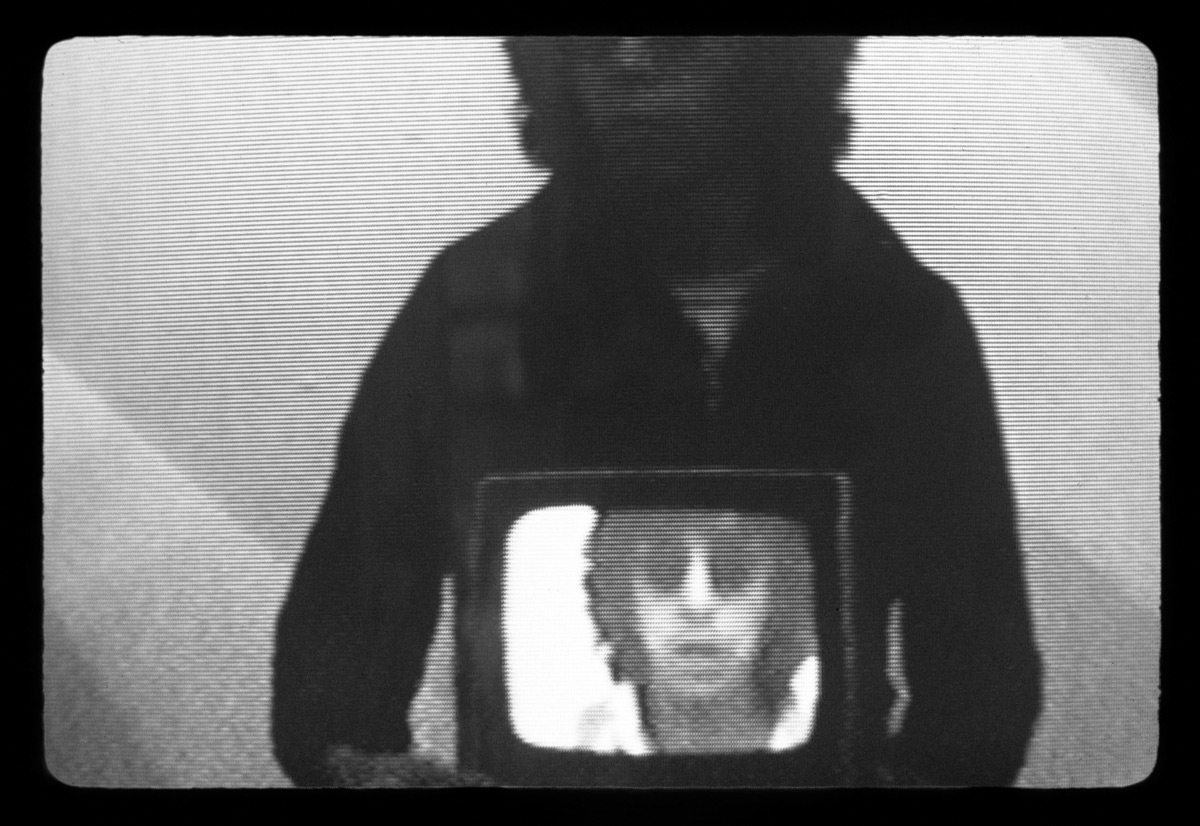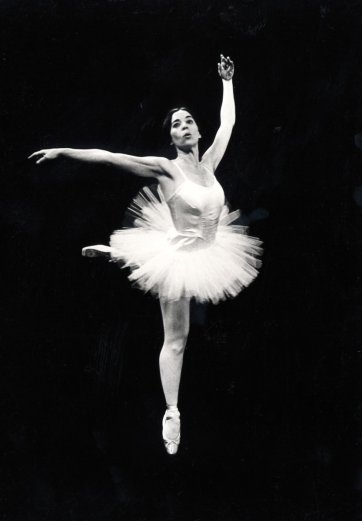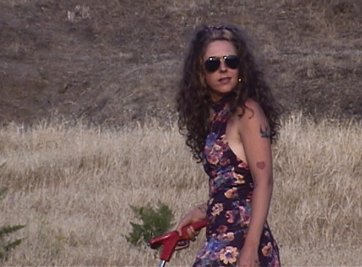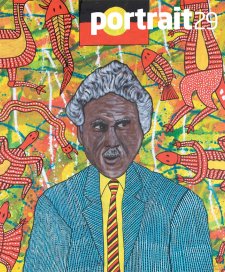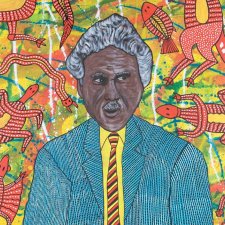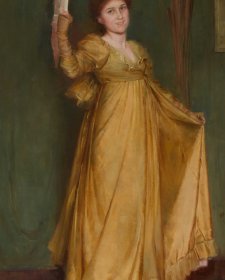Video art was born in 1965 with the availability of the Sony Corporation’s Portapak hand-held camera and portable video tape recorder. Many artists had experimented with film since the early twentieth century but the newly accessible video technology enabled the production of moving images with efficiency and mobility and appealed to documentary filmmakers, choreographers and activists as well as artists.
Video technology emerged at a time when artists were working across disciplines to express their ideas and it became associated with a range of art movements. Video lent itself to the directness of conceptual art, the physicality of performance art, the immediacy of pop art and the lyricism of abstract art. Having already made assemblage-sculptures using television sets broadcasting distorted images, Korean-American artist Nam June Paik in 1965 was one of the first artists to make and exhibit video art. In that same year American artist Andy Warhol taped and re-played video recordings of guests at an underground New York party. Warhol had recorded conversational video portraits with actress and collaborator Edie Sedgwick and incorporated video footage of Sedgwick into his first double-projection film Outer and inner space, establishing early forms of video installation art and video portraiture. By the early 1970s video art was often used to explore identity and gender stereotypes by artists working in the US, Europe, Japan and Australia.
Among the many histories of video art in different parts of the world, the recent exhibition California Video at the J Paul Getty Museum in Los Angeles offered an opportunity to examine some of the relationships between video art and portraiture. The exhibition focused on the work of Californian artists and was drawn largely from the collection of the Getty Research Institute and while the exhibition focused on the history of video art in California, the work of several artists in the exhibition explored themes of identity and representation that are relevant beyond local contexts.
Cuban–American artist Tony Labat’s work explores cross-cultural alienation and dominant media images of identity. Labat immigrated to the US from Cuba at age fifteen, settling in Miami and then moving to San Francisco in the mid 1970s to study at the San Francisco Art Institute where he now teaches. In his 1977 video work Solo flight, Labat makes reference to his surrounding cultural landscape while using the techniques of earlier conceptual and performance art. While Labat’s work is not the earliest example of video art engaging self portraiture it established important issues about selfhood and identity within a cross-cultural context. As a Cuban–American Labat is a member of the community that is described in the US as Hispanic or Latino, which embraces countries with a Spanish legacy including Caribbean, Central American and Mexican nationalities (Hispanic is a government endorsed term whereas Latino is term that originated from the community). Latino cultures represent over one third of the population of California, and in the city of Los Angeles, almost half of the population is of Latino origin. Labat’s ongoing work continues to explore the cultural construction of identity relevant to the changing cultural demographics of urban centres.
The performance of gendered identity is explored in the work of New York-born, San Diego-based artist Eleanor Antin, and San Francisco-born and Los Angeles-based artist duo Harriet (Harry) Dodge and Stanya Kahn. Antin has created several alter egos including the fictional African– American ballerina Eleanora Antinova imagined as a dancer with Sergei Diaghilev’s Ballets Russes. In her 1973 video and photographic work Caught in the act, a suite of photographs depicts Antin in the skilled poses of a professional ballet dancer, however, the artifice behind these images is revealed in the accompanying video where Antin is caught balancing precariously, aided by props that are quickly removed from view before the photograph of the ‘gracefully poised’ ballet dancer is taken. Antin’s work questions the truth in photography and ‘truthful’ representations of identity and history. Dodge and Kahn play with gender stereotypes with reference to home movies, television sitcoms and Hollywood films. From the outset, our expectations about gender roles are challenged by the artists’ names: the gender non-specific Stanya, and masculinised Harry from Harriet. In their 2005 video Whacker a woman (played by Kahn) uses a weed-whacker to groom a dry hillside flanked by concrete roadways in a raw Los Angeles urban environment. In a recent New York Times article Dodge said of the work: ‘It’s about the persistence of the weeds, the wild grass that insists on growing,’ Kahn adding ‘And a woman who is as tenacious as the weeds.’
Virginia-born Los Angeles-based artist Brian Bress often incorporates props and costumes into his work; as a child he spent much of his free time amongst the jumble of objects and used treasures at his parents’ pawnshop. As a young man Bress studied filmmaking and animation at the Rhode Island School of Design, and then at the University of California, Los Angeles, where he developed a cross-media art practice integrating three-dimensional objects and video. In his 2007 video Under cover Bress takes on a series of roles based on stereotypes of the art world – the artist, gallerist, collector – staged in messy or cluttered environments, or with Bress in outlandish costume. In his high-key works Bress relates artificial environments to the artificiality of certain modes of behaviour.
Born and based in San Pedro, California, Jay McCafferty has used video to record the effects of time. As a lifeguard working on the beaches of Southern California McCafferty developed a keen sense of the nuances of sunlight, and produced works where the sun’s rays were captured, burning ornate patterns on to sheets of paper. McCafferty first worked with video in the early 1970s and began his ongoing project Self portrait, every year in 1972. Over a period of thirty-five years so far, McCafferty has video-recorded his daily shaving ritual tracking the physical evolution of his face from a young man of twenty-five to an introspective man of sixty. McCafferty’s work is just one example of a self portrait composed from images amassed over a period of time, but it is a clear example of how video can be ideally suited to the exploration of portraiture. Video is now a ubiquitous aspect of contemporary art practice and the use of video technologies to record portraits has become an integral element of mass culture. The National Portrait Gallery continues to research and exhibit works of portraiture created with video and media technologies in order to interpret the role of portraiture in our ever-changing present.
